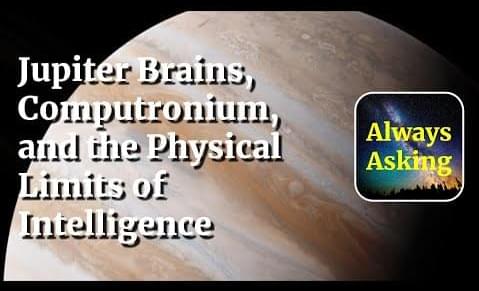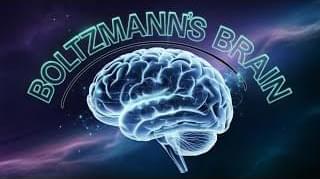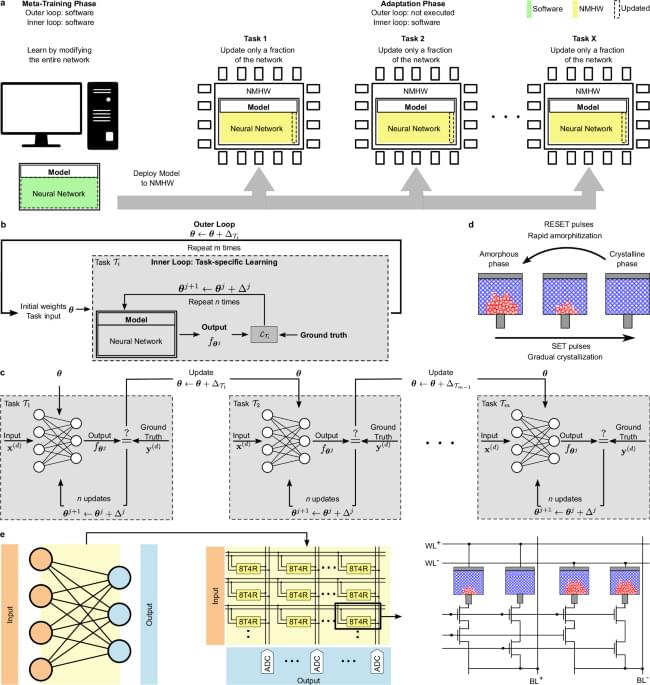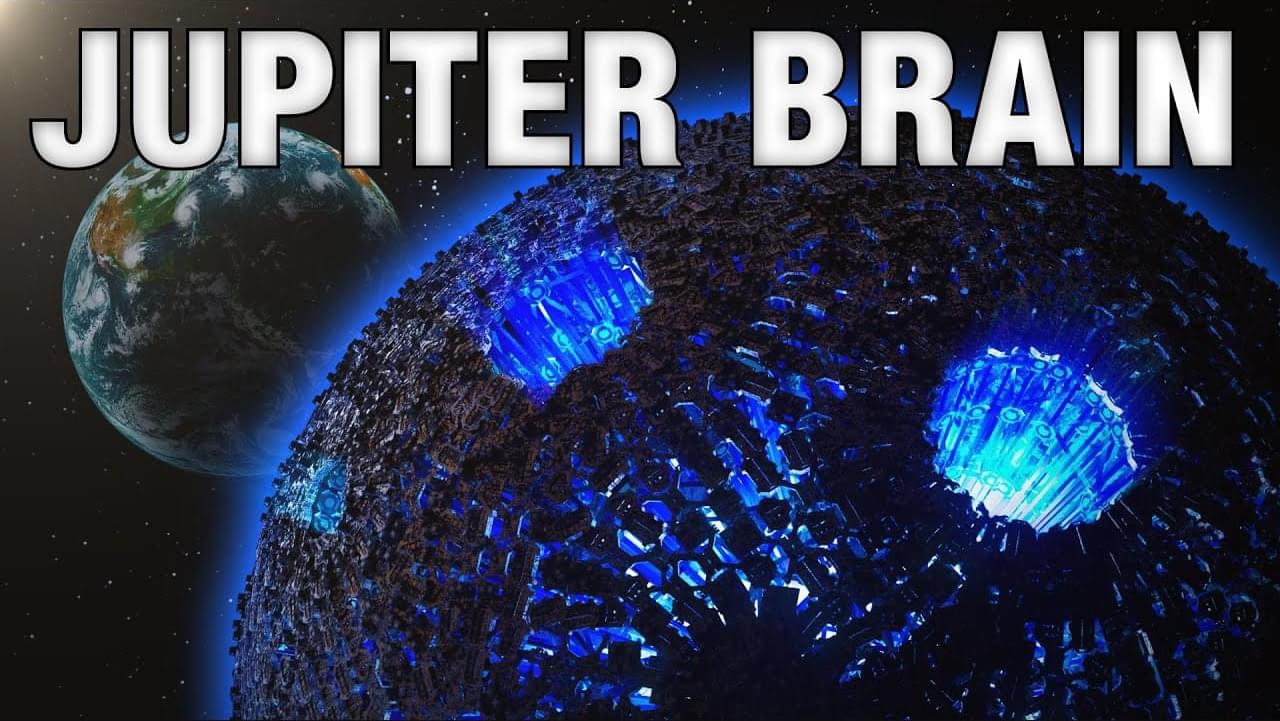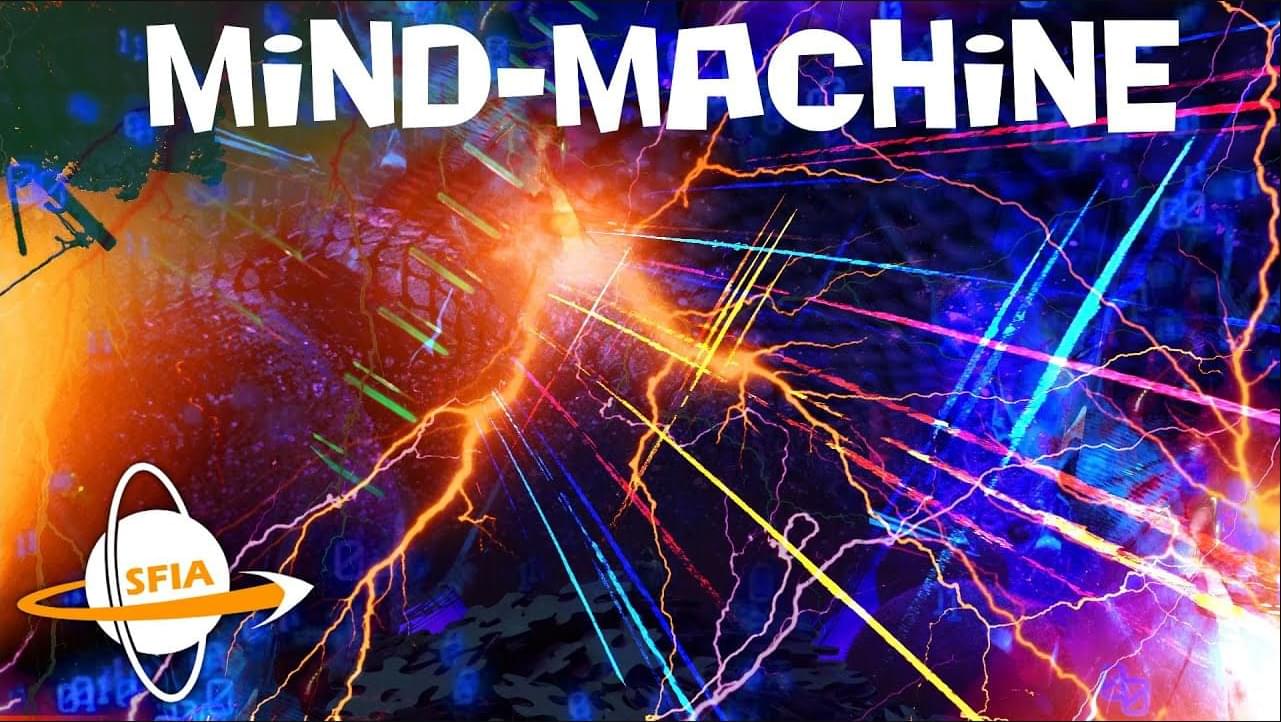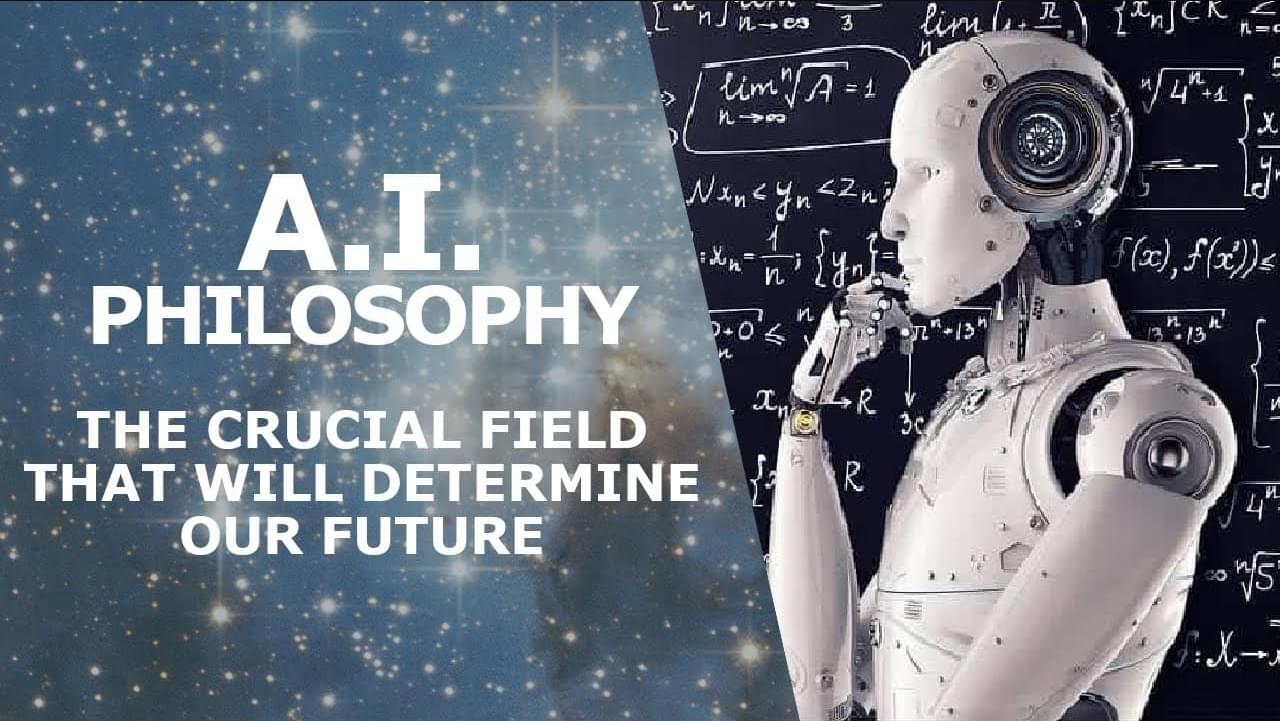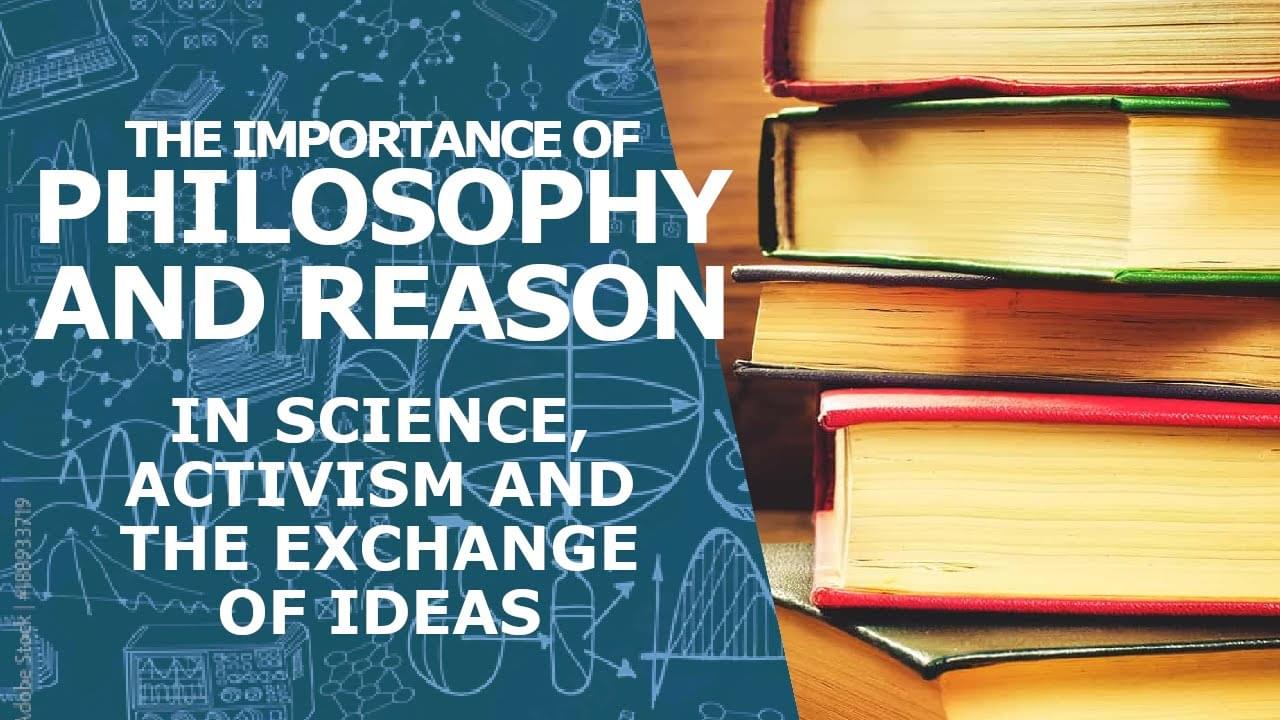
Some scientists think that dark energy could be a sort of defect in the fabric of the universe itself; defects like cosmic strings, which are hypothetical one-dimensional “wrinkles” thought to have formed in the early universe.
Some scientists think that dark energy isn’t something physical that we can discover. Rather, they think there could be an issue with general relativity and Einstein’s theory of gravity and how it works on the scale of the observable universe. Within this explanation, scientists think that it’s possible to modify our understanding of gravity in a way that explains observations of the universe made without the need for dark energy. Einstein actually proposed such an idea in 1919 called unimodular gravity, a modified version of general relativity that scientists today think wouldn’t require dark energy to make sense of the universe.
Dark energy is one of the great mysteries of the universe. For decades, scientists have theorized about our expanding universe. Now, for the first time ever, we have tools powerful enough to put these theories to the test and really investigate the big question: “what is dark energy?”


